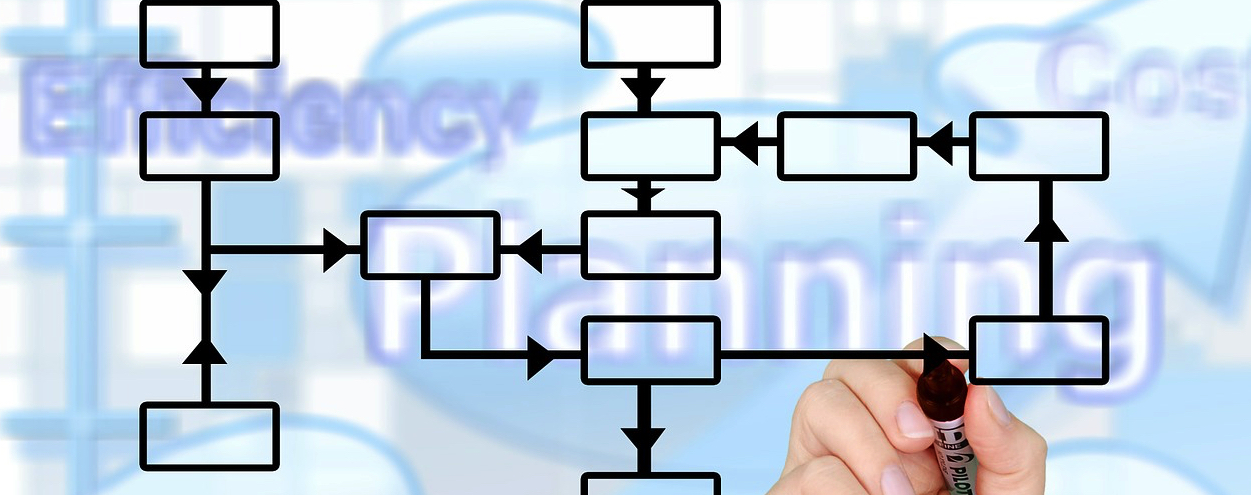When an individual enters the workforce they are usually trained and skilled in their job specific skills but unfortunately not enough are competent at organising how the work actually gets done. Eventually most people will complete their weekly workload at differing levels of efficiency but if we are to create a productive workforce that can assist in Ireland’s economic recovery and emergence from the fiscal abyss it is essential that we up skill our labour force not by giving them more job specific skills but by equipping them with the skills that will increase output per capita without any financial input required.
The day for time management has passed since intelligent workers have realised that time can not be managed but what can be managed is our actions. By using a simple workflow methodology we can identify, process and schedule work so that everything gets done in the least amount of time and with the least amount of stress.
A basic workflow system will include the following concepts; Collection, Processing, Organising and Scheduling, Doing and reviewing.
Collection: All of your work should be collected in collection points; this would be an in tray for paper work, your inbox for electronic mail, notebooks for notes and lists etc. Try to minimise collection points, for example don’t have more than one notebook and leave a message on your voicemail to tell people to not to leave a message, to email you if they have information for your and if it is urgent to call back. This will eliminate the need to check voicemail. These collection points will be emptied regularly when you process them.
Processing: Processing is the part where you look at each item once, whether it is a piece of paper or an email, focus your attention on it and decide what needs to be done with it. We can use the Barbara Hemphill FAT system when we are processing which is The File Act or Trash system. Everything in your system either needs to be filed for reference, acted upon or dumped. This system holds for electronic work also. If an item needs does not need to be acted upon and simply needs to be filed for reference, it should be put in an area away from actionable items, reference items should always be separated from actionable items. If you have finished with an item and it does not need to be filed for reference then this item should be dumped or deleted. Finally if an item is actionable the next step is to decide what needs to be done with the item.
Schedule and Plan: We can divide our actionable items into stuff that needs to be done on a specific date or time and stuff that needs to be done at some stage. If something needs to be done on or by a specific date this must be scheduled into our calendar. All those items that don’t have a exact time associated with them should be organised into a task management system. This task management system will contain all of the items that you would like to work on, projects underway and projects for a future date. It is very useful to categorise your tasks so that like tasks can be completed at the same time. At this stage you are not actually doing the work just clarifying what needs to be done and planning when it is going to get done.
Do: The doing is usually the simpler bit the bit we know how to do, but what we should take into account when planning the work is when is the best time for doing certain tasks. Take note as to how you feel at certain times during the day, if you are most alert in the morning do the difficult tasks first. Never take on a frog of a job in the afternoon when you are feeling sluggish, it is unlikely you will get it done and will just waste time that could have been used for more menial tasks such as filing, jobs that can be done regardless of your energy levels. When you are in Do mode it is important also to minimise distractions and Focus on the job at hand.
Review: A regular review is essential to keep on top of things. Daily you need to review your calendar and task list. Weekly is when you need to review your system and process and organise the work that has come in during the week. By doing this weekly review you won’t let any work slip out of the net. At this weekly review it is also an opportune time to do a mind sweep or a mind dump where you take 10 or 15 mins to write down everything that you need to do. Once down on paper these items must also get into your system. This process ensures that everything that needs to be done is captured in your system.
Having a personal workflow system allows you to stay in control of your workload and your life. It minimises stress and heightens focus. You will complete your work in a shorter time and free up time to be more creative and strategic.











